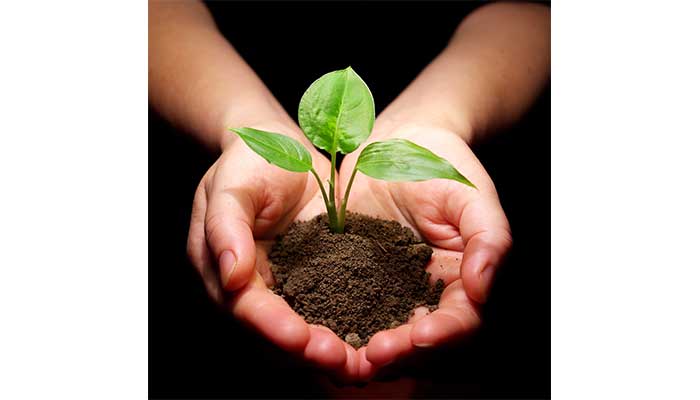Memory Without Brains- Smart plants

The discovery of plant memory and how they gather information from their experiences.
If consistently remembering where you left your book or what you came to the room for isn't your most formidable suit, spare a thought for the plants. You would believe they remember nothing at all. Traditionally, no matter what the species was, you would give the credit of intelligence to animals only. Learning from experiences is something only higher organisms are capable of. Evidence, on the contrary, is progressively evolving from science laboratories around the world, and it's revolving around some basic stuff we assumed utterly opposite.
Brains aren't really needed for making memories-
Studies done on sensitive plants like Mimosa pudica helped scientists acknowledge that plants remember their experiences and implement them on themselves. That is why plant leaves curl on being overexposed to sunlight. Having repeated exposure to the sun or being touched makes plants remember and learn to protect themselves from the situation as a defence mechanism.
How are memories made in plants-?
The mechanism is not fully deciphered to humans. But the plants' ability to make memories with sophisticated calcium-based signalling network cells could be the possible way of remembering through experiences. Coming close to memory processing in animals, these networks allow plants to change their behaviour due to long-term experiences.
The difference between plant and animal memories-
The growing grey area between plant and animals is growing with time. The idea that science has grasped firmly needs to take a second look. The evidence of movement through petals closing in the evening is due to information stored cells repeated through their life span.
Plants like sunflower have their movement in the direction of the sun that is obvious signalling of light.
Kalanchoe flowers show diurnal cycling by being oriented upward during the day and downward during the night. When the plants are moved to continuous darkness, the flowers linger the diurnal movements for several cycles. That cycling indicates that the plants remember the daily light signal even after the sign has been withdrawn.
A similar situation is seen in the daytime movements of leaves in many plants. The stalks of Albizzia show changes in leaf positioning during the day. If the plant is transferred into darkness, the cycling of leaf position continues for several days. The cycling continues without the light signal, again indicating that the plants remember the cycling of light.












.webp)